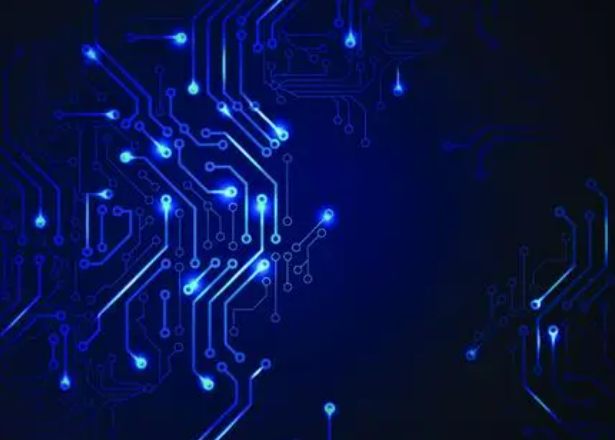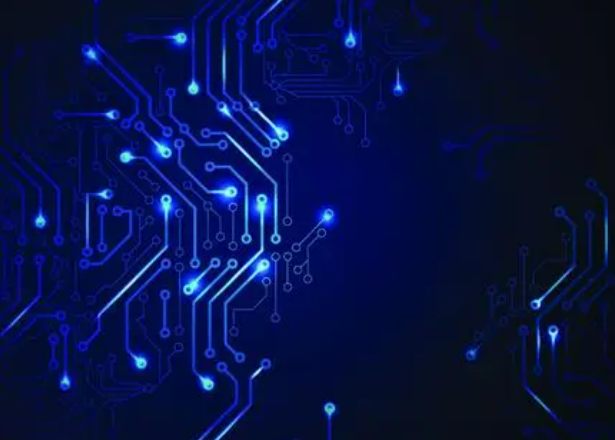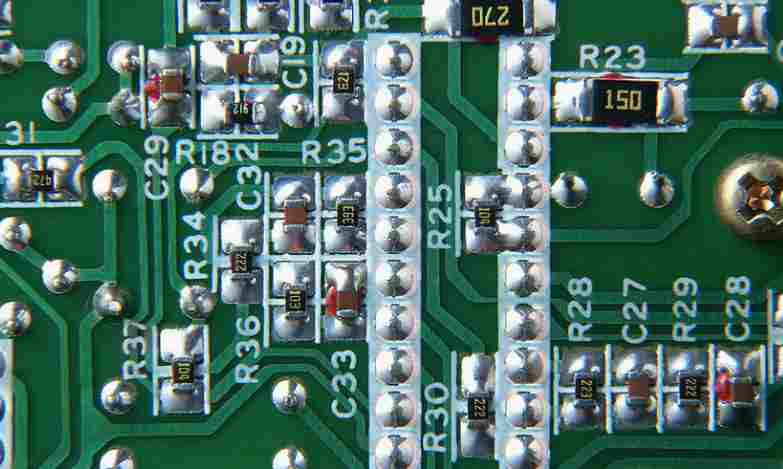
In the actual research, we sum up, there are mainly four aspects of interference, mainly power supply noise, transmission line interference, coupling, electromagnetic interference (EMI) four aspects. Through the analysis of various interference problems of high frequency PCB, combined with the practice of work, an effective solution is put forward.
1. Power Supply Noise
In the high-frequency circuit, the noise of the power supply has an obvious effect on the high-frequency signal. Therefore, the first requirement is that the power supply is low noise. It is obvious that the power supply has a certain impedance, and the impedance is distributed throughout the power supply, so the noise will also be superimposed on the power supply. Then we should reduce the impedance of the power supply as much as possible, so it is best to have a proprietary power layer and ground layer. In high frequency circuit design, the power supply is designed in the form of a layer, which is much better in most cases than in the form of a bus, so that the loop can always follow the path with the least impedance. In addition, the power board also has to provide a signal loop for all generated and received signals on the PCB, which can minimize the signal loop, thereby reducing noise, which is often ignored by low-frequency circuit designers.

There are several ways to eliminate power supply noise in PCB design.
Pay attention to the through hole on the board: The through hole makes the power layer need to etch the opening to leave space for the through hole. If the opening of the power layer is too large, it is bound to affect the signal loop, the signal is forced to bypass, the loop area is increased, and the noise is increased. At the same time, if some signal lines are concentrated near the opening, sharing this section of the loop, the common impedance will cause crosstalk.
The connection line needs enough ground wire: each signal needs to have its own proprietary signal loop, and the loop area of the signal and loop is as small as possible, that is, the signal and the loop should be parallel.
The analog and digital power supply should be separated: high-frequency devices are generally very sensitive to digital noise, so the two should be separated, connected together at the entrance of the power supply, if the signal to cross the analog and digital two parts, you can place a loop at the signal crossing to reduce the loop area.
Avoid overlapping of separate power supplies between different layers: otherwise, circuit noise is easily coupled through parasitic capacitance.
Isolation sensitive components: such as PLL.
Place the power line: In order to reduce the signal loop, by placing the power line on the side of the signal line to achieve noise reduction.
2. Transmission line
There are only two kinds of transmission lines in the PCB: strip line and microwave line, the biggest problem of the transmission line is reflection, reflection will cause a lot of problems, such as the load signal will be the superposition of the original signal and the echo signal, increasing the difficulty of signal analysis; Reflection causes return loss (return loss), which has the same serious effect on the signal as additive noise interference:
1. The signal reflected back to the signal source will increase the system noise, making it more difficult for the receiver to distinguish the noise from the signal;
2. Any reflected signal will basically reduce the quality of the signal, will make the shape of the input signal change. In principle, the solution is mainly impedance matching (for example, the interconnection impedance should be very matched with the impedance of the system), but sometimes the calculation of impedance is more difficult, you can refer to some transmission line impedance calculation software.
The methods of eliminating transmission line interference in PCB design are as follows:
a. Avoid impedance discontinuity of the transmission line. The point of impedance discontinuity is the point of the transmission line mutation, such as straight corners, holes, etc., should be avoided as far as possible. Methods: Avoid straight corners of the line, as far as possible to walk 45° Angle or arc, large corners can also be; Use as few through-holes as possible, because each through-hole is an impedance discontinuity, and the outer signal avoids passing through the inner layer, and vice versa.
b. Do not use stake line. Because any pile line is a source of noise. If the pile line is short, it can be terminated at the end of the transmission line; If the pile line is long, it will take the main transmission line as the source, produce a large reflection, and complicate the problem, it is recommended not to use.
3. Coupling
Public impedance coupling: it is a common coupling channel that the interference source and the interfered device often share some conductors (such as loop power supply, bus, public grounding, etc.).
The field common mode coupling will cause the radiation source to cause common mode voltage in the loop formed by the disturbed circuit and the common reference plane. If the magnetic field is dominant, the value of the common-mode voltage generated in the series ground loop is Vcm=- (△B/△t) * area (△B= change in magnetic induction intensity in the formula) If it is an electromagnetic field, when its electric field value is known, its induced voltage: Vcm= (L*h*F*E) /48, the formula applies to L (m) =150MHz below, beyond this limit, the calculation of the maximum induced voltage can be simplified as: Vcm=2*h*E.
Differential mode field coupling: refers to the direct radiation received by the wire pair or the lead on the circuit board and its loop induction. If you get as close to the two wires as possible. This coupling is greatly reduced, so the two wires can be twisted together to reduce interference.
Line coupling (crosstalk) can make any line equal to the parallel circuit between the undesirable coupling, serious will greatly damage the performance of the system. It can be divided into tolerant and inductive crosstalk. The former is because the parasitic capacitance between the lines makes the noise on the noise source coupled to the noise receiving line through the injection of current. The latter can be thought of as the coupling of signals between the first stages of an unwanted parasitic transformer. The magnitude of inductive crosstalk depends on the proximity of the two loops, the size of the loop area, and the impedance of the affected load.
Power line coupling: refers to the AC or DC power line is subjected to electromagnetic interference, the power line will transmit these interference to other devices.






